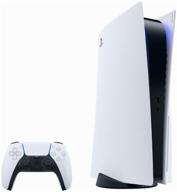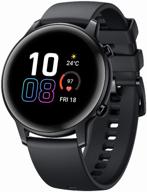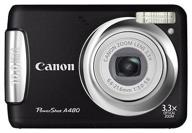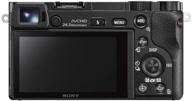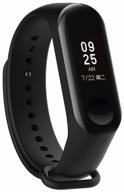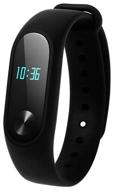- I switched to Canon from Sony Alpha so I will compare with it: - sits very comfortably in the hand, it is larger and more grippy. The tactile sensations are very pleasant. A lot more settings. Sony's menu is no worse, but here everything is clear and logical. The viewfinder is larger and brighter. Focus with the 18-135 lens is just great: fast and clear. ISO working up to 3200 inclusive. High-definition swivel screen, which, by the way, can simply be rotated inward for protection. The second LCD display on top is convenient for tripod operation. An excellent 18-135 lens in both quality and coverage. Realistically, I only need something fast for filming in the dark. Very good software for working with pictures. This is important to me because I'm not friends with Photoshop. The picture is excellent on first impressions, but here I still need to gain experience - I’m shooting for a couple of weeks.
- Oddly enough, the choice of lenses is less than that of Sony, there are just a huge number of inexpensive and decent options from Minolta. Our price is overstated by 15% compared to the well-known catalog.








